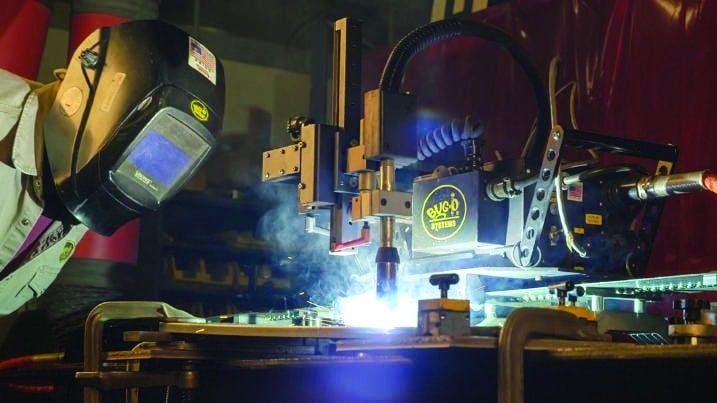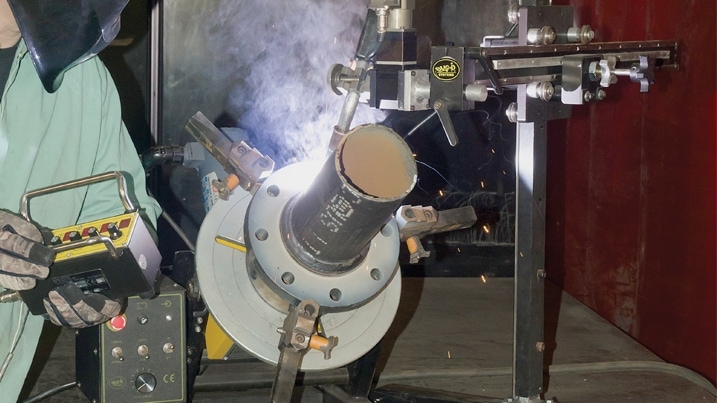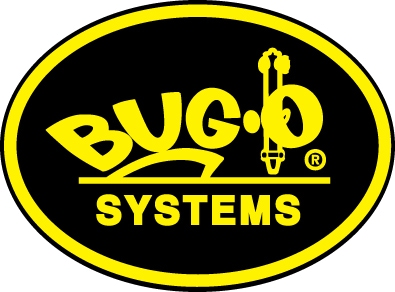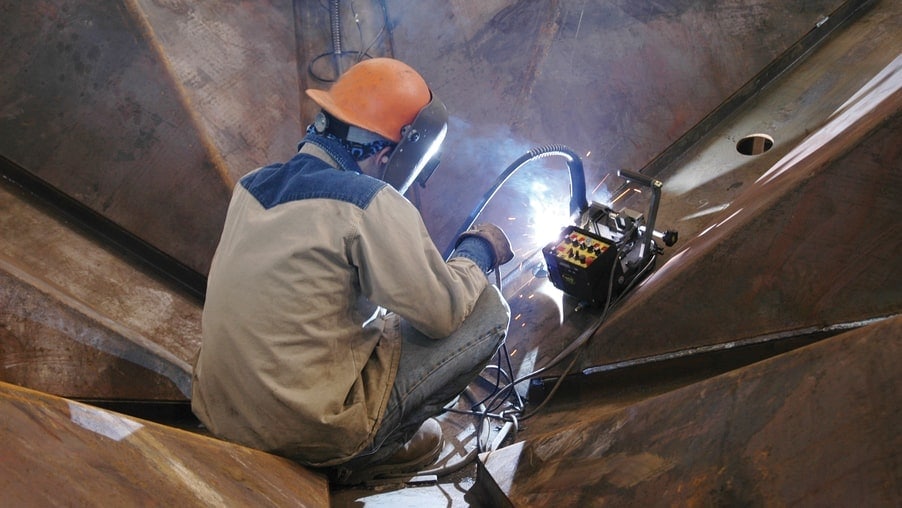Have you been wondering how to reduce welding costs? The process of manual welding is not only time-consuming, but it also requires highly skilled labor and can result in inconsistencies in the quality of the finished product. On the other hand, mechanized welding can help reduce fabrication costs while ensuring precision and consistency in weld quality.
Welding mechanization refers to using equipment and machinery to improve the welding process’s accuracy, consistency, and efficiency. It involves using specialized tools such as welding carriages, positioners, and manipulators to achieve optimal welding positions and techniques.
By implementing mechanized welding techniques, fabricators can increase efficiency and productivity and reduce labor costs. So, whether you’re a small business or a large corporation, incorporating mechanized welding into your fabrication process can be a game-changer in reducing costs and improving the bottom line.
Why Is Cost Reduction Important in the Manufacturing Industry?
Cost reduction is crucial in the manufacturing industry, affecting businesses’ overall competitiveness, profitability, and sustainability. Below we’ll go into detail about why cost reduction is so important:
- Enhanced Profitability: By reducing costs, manufacturers can improve their profit margins. Cost savings directly contribute to the bottom line, allowing businesses to allocate resources to growth initiatives, research and development, and innovation. Increasing profitability ensures long-term viability and provides a solid foundation for business growth.
- Competitive Advantage: Cost reduction is essential to gain a competitive edge in a highly competitive market. Lower production costs allow manufacturers to offer their products at more competitive prices without sacrificing quality. This puts businesses in a better position to compete, attracting customers and potentially winning a larger market share.
- Operational Efficiency: Cost reduction initiatives drive efficiency improvements throughout manufacturing. By identifying and eliminating waste, streamlining operations, and optimizing resource utilization, manufacturers can achieve higher productivity, reduce lead times, and enhance overall operational efficiency. This results in smoother workflows, improved customer satisfaction, and reduced time to market.
- Adaptability to Market Changes: The ability to respond to market fluctuations and changing customer demands is crucial. By reducing costs, manufacturers become more agile and flexible, allowing them to adjust production volumes, introduce new products, or adapt to market shifts more efficiently. This adaptability helps businesses maintain a competitive position and seize emerging opportunities.
- Investment in Growth: Cost reduction frees up capital that can be reinvested in key areas of the business. Manufacturers can dedicate resources toward research and development, technology upgrades, employee training, and strategic initiatives. Such investments foster innovation, product development, and process improvement, enabling sustained growth and long-term success.
Benefits of Mechanized Welding

Boosts Efficiency
Mechanized welding automates the welding process, reducing the reliance on manual labor. This results in increased efficiency and consistency in weld quality. By utilizing automated systems, manufacturers can achieve higher welding speeds and continuous operation, leading to higher productivity and faster project completion.
Improved Quality and Consistency
Mechanized welding ensures precise control over welding parameters, such as heat input, travel speed, and electrode positioning. This level of control helps maintain consistent weld quality throughout the production process. Mechanized welding reduces the likelihood of defects, rework, and costly repairs by minimizing human error and variability.
Increased Safety
Mechanized welding reduces the direct exposure of operators to welding hazards, such as intense heat, harmful fumes, and radiation. With robotic systems or automated equipment, welders can perform their tasks from a safe distance, minimizing the risk of workplace accidents and injuries. This promotes a safer working environment and enhances the well-being of welding personnel.
Cost Savings
Mechanized welding can lead to significant cost savings in various ways. Businesses can better utilize their resources by enhancing productivity and minimizing labor requirements. Moreover, the consistent and high-quality welds produced through mechanized welding reduce the need for rework and repairs, saving time and material costs. Optimizing welding parameters and material usage also reduces waste and increases overall cost-effectiveness.
Flexibility and Adaptability
Mechanized welding systems offer flexibility regarding welding process selection, adaptability to different joint configurations, and the ability to handle various materials. This allows manufacturers to easily and efficiently tackle various welding projects, from small-scale to large-scale applications.
How Mechanized Welding Reduces Fabrication Costs

- Reduced Manual Labor: Mechanized welding systems make the welding process much faster, minimizing the need for manual labor. Skilled welders are no longer required to perform repetitive welding tasks, reducing labor hours and associated costs.
- Increased Productivity: Mechanized welding systems operate continuously and consistently without breaks or fatigue. This leads to higher productivity than manual welding, as the systems can work for extended periods without needing rest or shift changes. This maximizes the output per labor hour and reduces the overall labor cost per production unit.
- Minimized Operator Training: Mechanized welding systems require less operator training than manual welding. Once the system is set up and programmed, operators primarily monitor the process and make adjustments as necessary. This reduces the time and cost of extensive training programs for manual welders.
- Optimized Workforce Allocation: By automating the welding process, mechanized systems free up skilled welders to focus on more complex tasks that require their expertise, such as weld inspection, quality control, and process optimization. This allows businesses to use their workforce more efficiently, utilizing skilled labor in areas that add greater value to manufacturing.
- Consistent Weld Quality: Mechanized welding systems provide consistent and uniform welds that follow pre-programmed parameters precisely. This reduces the need for manual weld inspection and rework, resulting in fewer labor hours spent on correcting weld defects and improving overall weld quality.
- Reduced Labor-Intensive Operations: Mechanized welding systems can perform labor-intensive and time-consuming tasks in manual weldings, such as welding long or large components. Automating these operations significantly reduces labor costs associated with performing these tasks manually.
What to Consider When Implementing Mechanized Welding
When implementing mechanized welding, there are several key considerations to keep in mind:
- Determine the welding process that will be mechanized and select appropriate equipment based on factors such as materials, joint configurations, and automation level.
- Ensure that welding operators receive proper training and have the expertise to operate and maintain the equipment.
- Develop optimized welding procedures specific to the mechanized process.
- Assess the workspace for ventilation, safety measures, and integration with other processes.
- Conduct a cost analysis to determine feasibility and consider long-term cost savings.
- Evaluate the flexibility and scalability of the system to accommodate future needs.
- Implement a system for continuous improvement to maximize efficiency and quality.
By considering these factors, businesses can successfully implement mechanized welding and improve their welding operations.
Reduce Fabrication Costs with Bug-O Systems
In the fabrication industry, cost reduction is a key objective. Mechanization is vital in reducing labor costs, improving quality assurance, and optimizing operations. Mechanization is a strategic solution for manufacturers to enhance cost competitiveness and achieve sustainable growth in fabrication.
Bug-O Systems is a leading provider of mechanized welding solutions that can significantly reduce fabrication costs. Our systems provide versatile mechanized welding for various materials and applications, offering economies of scale and improved weld consistency. With our comprehensive range of products, you can improve almost any welding operation.
Related Articles
Mechanized Welding Process: Improving Production & Quality
Types of Welding Processes Bug-O Equipment Facilitate
Shipbuilding Welding Process: Main Types and How to Improve Production
Pressure Vessel Welding: What Is It and How It Helps in Fabrication


Recent Comments